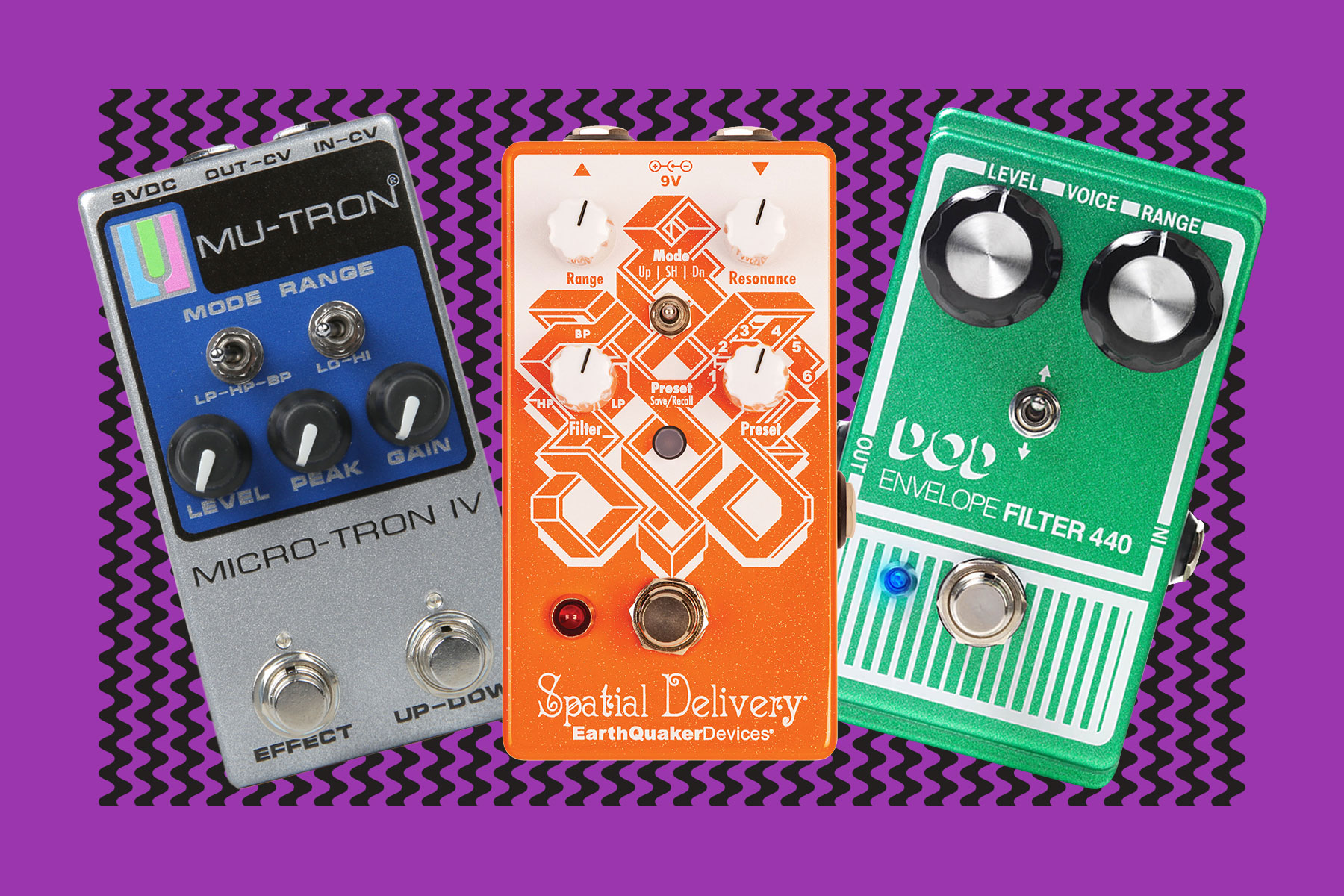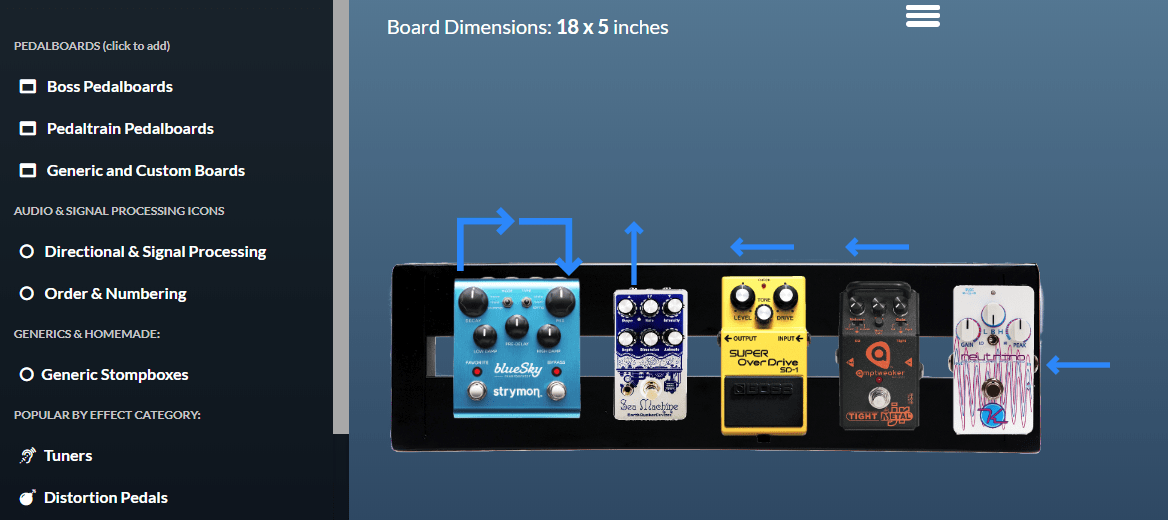If you’ve ever hunted for an envelope filter guitar pedal that delivers rich, versatile tones without drowning you in complicated controls or leaving your sound thin and lifeless, you’re not alone. Many guitarists struggle to find that perfect balance between fat, expressive tone and straightforward usability. That’s where the Tsakalis Audio Works Phonkify X steps in—a pedal designed for practical players who want dynamic, creative sounds without fuss. In this guide, I’ll walk you through how to integrate this powerhouse into your rig, dial in tones that inspire, and experiment with its unique octave effects to elevate your playing in real-world scenarios.
Key Takeaways
- The Phonkify X offers a fat, versatile envelope filter with an independent octave section for creative tone shaping. Readers understand the pedal’s core strengths and practical flexibility.
- Combining the Phonkify X with fuzz, drive, and expression pedals unlocks classic and unique sounds. Players gain actionable ideas for pedalboard integration.
- Experimenting with octave placement and settings enables organic, complex tones tailored to your style. Encourages personalization and creative exploration.
Understanding Envelope and Octave Effects: Practical Essentials

To truly unlock the potential of the Tsakalis Phonkify X, it helps to first understand what envelope filters and octave effects bring to your guitar tone in everyday playing. Think of an envelope filter as a dynamic volume knob with personality—it reacts to how hard or soft you pick, creating a wah-like sweep that breathes life and movement into your sound. It’s like giving your guitar a voice that responds expressively to your touch, adding bounce and tonal character that can cut through a mix or add funky groove.
The octave effect, on the other hand, acts like a tonal color palette. By adding notes one octave above or below your original signal, it thickens your sound or introduces harmonic interest. This section on the Phonkify X operates independently from the envelope filter, allowing you to blend or layer these effects as you see fit. For instance, you can dial in a deep sub-octave to add warmth under the filter’s sweep or add a bright upper octave for a reedy, almost synth-like texture.
Commonly, players pair envelope filters with distortion, fuzz, delay, or modulation effects to create rich sonic landscapes. The key is experimentation. Start subtle—imagine painting with light strokes before bold splashes. Gradually increase filter intensity and octave blend to avoid overwhelming your tone or washing out your playing dynamics. For those looking to deepen their understanding of envelope filters and explore different pedal options, Guitar Filter Pedals – Your Ultimate Guide from Andertons Music Co. offers a comprehensive look at how these pedals function and can inspire your own sonic creativity.
Introduction to Envelope Filter Pedals
Dialing In Your Tone: Tips for Real-World Use

Now that you understand the basics, let’s dive into practical advice for shaping your tone using the Phonkify X’s controls. The pedal features several parameters that allow you to sculpt the envelope filter’s behavior: mix, gain, frequency, and Q (resonance). Each plays a vital role in how your guitar’s voice responds.
The mix control balances your clean signal with the effected tone, letting you blend the envelope filter subtly under your playing or push it to the forefront for more pronounced movement. The gain sets how aggressively the filter reacts to your picking dynamics, while the frequency knob determines the sweep’s tonal range—lower settings yield a bassier wah effect, higher settings brighten things up. The Q control adjusts the filter’s resonance or “sharpness,” which can add a vocal-like quality or smooth it out.
One standout feature of the Phonkify X is its internal voltage doubler, which provides extra headroom. This technical advantage means your tone stays fat and full-bodied, avoiding the thinness and harsh artifacting that plague many envelope filters, especially when using octave effects at high settings.
The octave section itself spans from deep lows to bright highs, giving you flexibility to craft textures that complement the filter. Balancing the octave volume with the filter mix is key to creating organic, layered sounds rather than a disconnected effect.
If you encounter thinness or unwanted digital artifacts when pushing the high octave, try blending in more of the low octave or lowering the gain. This layering technique adds warmth and complexity, keeping your tone natural and musical.
Video tutorial: How pedal order shapes your guitar tone
Pairing the Phonkify X with Other Pedals and Playing Styles

The true magic of the Phonkify X emerges when you combine it with other pedals and adapt it to your playing style. For example, pairing it with vintage-style germanium fuzz pedals can unlock tones reminiscent of Hendrix or Ron Ashton, delivering that creamy yet biting envelope sweep that defined classic psychedelic rock.
Using an expression pedal with the Phonkify X lets you manually control the envelope sweep, transforming it into a traditional wah effect with a personal touch. This adds expressive control beyond the pedal’s automatic response, perfect for solos or funky rhythm parts.
Positioning the Phonkify X upstream of overdrive pedals can create smoky, textured tones where the filter shapes the fuzz’s harmonic content. Conversely, placing it after drive pedals can yield a cleaner, more articulate envelope effect. The pedal’s additional switch lets you place the octave section before or after the filter, giving you tonal variety—from subtle thickening to pronounced harmonic layering.
Whether you’re playing funk, rock, blues, or experimental styles, the Phonkify X’s versatility encourages you to explore and personalize your sound palette. If you’re looking to optimize your overall setup and understand pedal order more deeply, Ultimate Guide: Guitar Pedal Board Set Up Made Easy – Pickup Music is an excellent resource to help you build a pedalboard that truly complements your playing style. Don’t hesitate to try unconventional setups or stack it with modulation effects to discover new textures.
Video tutorial: Setting up your pedal board
Making It Your Own
The Tsakalis Phonkify X is more than just an envelope filter guitar pedal—it’s a powerful toolkit for creative tone shaping accessible to intermediate players who want practical, inspiring sounds. By experimenting with its fat envelope filter and flexible octave section, and combining it thoughtfully with your existing pedals, you can craft tones that truly reflect your personal style.
Take time to tweak the controls, try different pedalboard placements, and play with your attack dynamics to unlock the full expressive potential of this pedal. Remember, the best tone is the one that feels right in your hands and brings your musical ideas to life.
Ready to transform your sound? Plug in your Phonkify X, dive into the controls, and share your discoveries or questions below!
What’s your favorite way to use envelope filters or octave effects? Share your tips or challenges below!